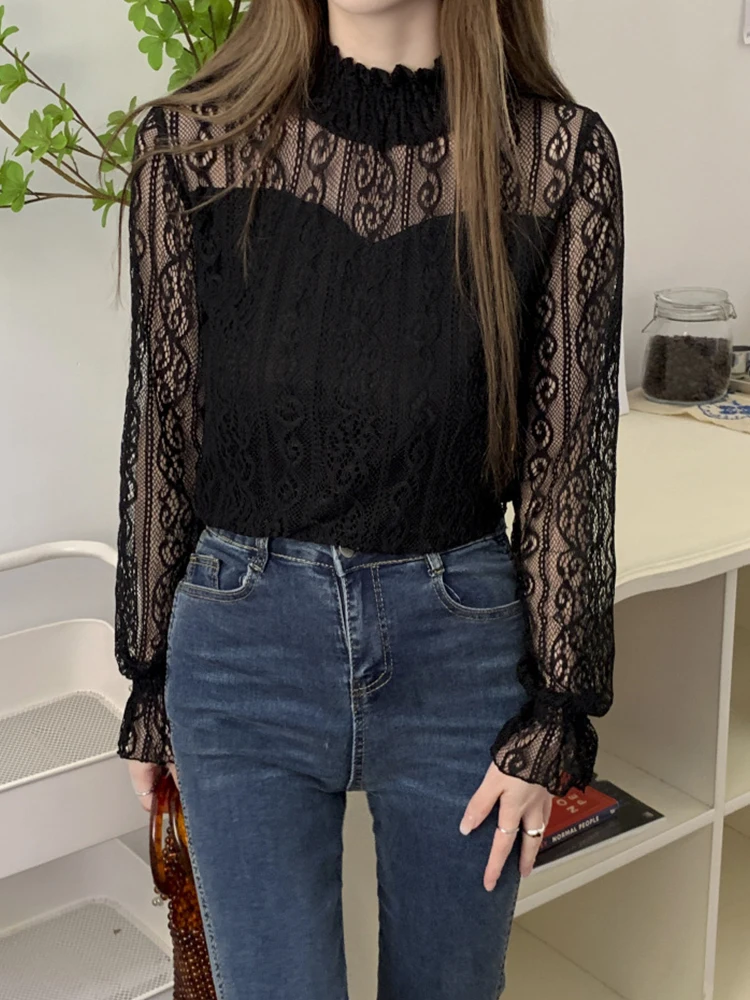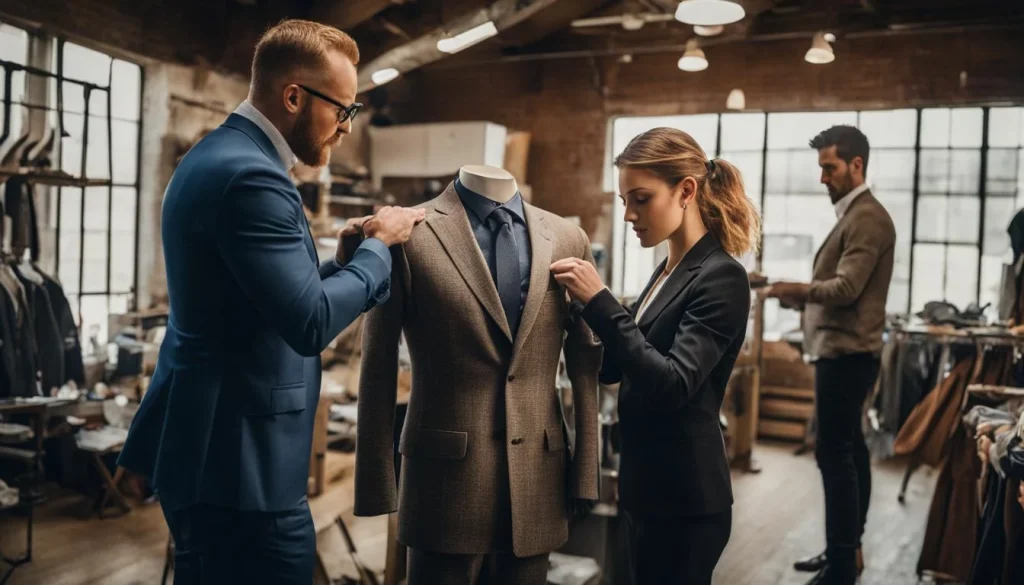Introduction
Office uniforms and business casual attire have evolved to blend professionalism with comfort. However, the perfect balance lies in the fit, and that’s where tailoring in business casual attire plays a crucial role. Whether you’re looking for a sharp appearance or increased comfort, tailoring enhances your wardrobe’s effectiveness. This article explores the importance of tailoring for work attire, how to achieve the ideal business casual fit, and professional tailoring tips to ensure you look your best in the workplace.
Why Tailoring Matters in Business Casual Attire
A well-tailored outfit transforms an ordinary office uniform into a sophisticated look that radiates confidence. Without proper adjustments, business casual clothing can appear sloppy or uncomfortable, affecting overall presentation and confidence. Tailoring in business casual attire ensures:
- Professional Appearance – Clothes that fit well create a polished and put-together image.
- Comfort & Functionality – Tailored pieces allow better movement and avoid awkward adjustments.
- Longevity – Altered clothing fits better, extending its wearability and saving costs over time.
Business Casual Fit: The Key to Confidence
The key to mastering a business casual fit is understanding what works best for your body type. Business casual is less rigid than formal office wear but still requires structure and refinement. Tailored clothing ensures:
- Blazers and Jackets: Adjusting sleeve length and waist creates a structured yet relaxed look.
- Trousers and Chinos: Hemming pants and refining the waist improves both comfort and style.
- Shirts and Blouses: Adjustments in side seams, sleeve length, and collar fit enhance appearance.
- Dresses and Skirts: Tailoring ensures a flattering and office-appropriate silhouette.
How to Tailor Business Casual Clothes for a Perfect Fit
Understanding how to tailor business casual clothes can help you achieve an impeccable fit. Follow these steps:
- Assess the Fit – Identify areas needing adjustment, such as sleeves, waist, or length.
- Find a Skilled Tailor – A professional tailor ensures precision and high-quality alterations.
- Prioritize Staples – Start with essential pieces like blazers, trousers, and shirts.
- Consider Fabric – Some fabrics are easier to alter than others; consult with your tailor.
- Balance Comfort and Style – Ensure alterations enhance both aesthetics and movement.
Professional Tailoring Tips for a Polished Look
Investing in professional tailoring can elevate your business casual wardrobe. Here are some expert tips:
- Focus on Proportions: A well-balanced look is key; avoid clothes that are too tight or too loose.
- Opt for Classic Cuts: Timeless styles ensure long-term wearability.
- Choose Quality Fabrics: High-quality materials hold their shape better post-tailoring.
- Adjust for Posture: A good tailor will consider body posture when making adjustments.
- Maintain Your Wardrobe: Regular tailoring keeps clothes looking fresh and professional.
The Importance of Tailoring for Work Attire
The importance of tailoring for work attire extends beyond aesthetics—it influences perception, comfort, and professionalism. Tailored business casual wear:
- Enhances confidence in the workplace.
- Communicates attention to detail and self-care.
- Ensures a long-lasting, well-fitted office wardrobe.
Conclusion
Tailoring in business casual attire is essential for achieving a refined, professional look while maintaining comfort. Understanding the nuances of a business casual fit, utilizing professional tailoring tips, and knowing how to tailor business casual clothes will enhance your wardrobe’s effectiveness and check https://dongphuc.aristino.com/tin-tuc/that-no-ao/. With the right alterations, you can create well-fitted office wear that makes a lasting impression in any professional setting. Investing in tailored office attire ensures a sharp, sophisticated, and comfortable look that aligns with modern workplace standards.



